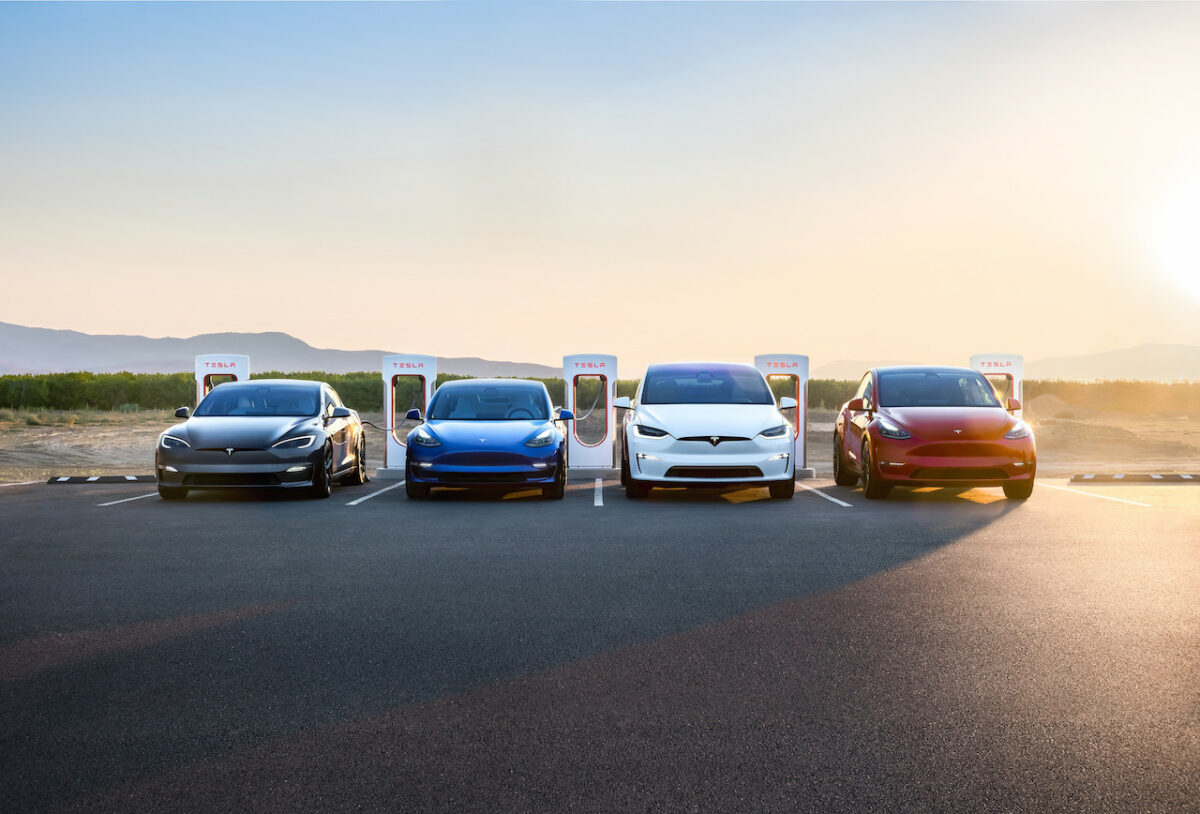Speaking at Automotive Megatrends USA – organised and hosted by Automotive World – Jeffrey Sternberg, Global Automotive Technology Director, DuPont, said that there is more to be done outside of the existing materials portfolio if 2025 efficiency and emissions standards are to be met.
In his position, Sternberg looks at how the range of DuPont advanced materials, including renewably sourced materials and fuels, can assist automotive companies in their lightweighting efforts.
‘Good’ needs to be ‘better’
Sternberg observes that in nine of the past ten years, the automotive industry has realised “significant improvements” in vehicle efficiency and emissions reductions. This is “great progress” he says, but asks: “Is the current materials portfolio adequate to meet future requirements?”

He notes that 34% of US light-duty vehicles produced in 2014 already meet 2016 CO2 emissions standards, with the majority of these vehicles powered by gasoline engines. However, “only 4% of light-duty vehicles produced in 2014 can currently meet 2025 emissions targets, and nearly all of those will be electrics or hybrids, so clearly there is more work to be done,” he said.
Lightweighting supports downsizing, EVs
DuPont surveyed the automotive industry in 2014 to investigate which technologies OEMs and suppliers were working on to meet 2025 standards. “There were three roads to the top,” Sternberg said.
Of the companies surveyed, 26% focussed on the electrification of powertrains, 39% on improvements to the efficiency of internal combustion engines (ICEs), and 49% looked to lightweighting technologies and processes as the key. “Lightweighting is important to the mission, and is attractive as it compounds the effects of these other improvement strategies,” he commented.
As for the confidence these companies have in the existing materials portfolio for meeting 2025 targets, only 19% of respondents indicated they were confident, 30% were not confident and 51% moderately confident. The limiting factor in bringing in new materials, Sternberg says, is cost: “Materials need to have better performance, and meeting the engineering needs is a non-issue. Price is the real concern.”
“Existing materials can do some surprising things,” he continued, “but there is a need for new materials development if we are going to tackle some really challenging lightweighting opportunities.”
Working outside of the box
He believes that there is a requirement for new materials to be developed outside of the existing portfolio. Existing materials have already been used for “quite some time” which has lead to many early challenges – or “low hanging fruits” – being addressed. “It is a whole network of things that need to be improved: more stiffness and toughness and ensuring electrical insulation, while simultaneously lowering overall systems costs,” he commented.
Sternberg foresees mixed-material solutions for a single component or system as one way of tackling this issue. The combination of a composite, laminate and metal material in a hybrid structure that operates as a single unit “will consolidate the benefits of each material,” he suggests.
Freddie Holmes



